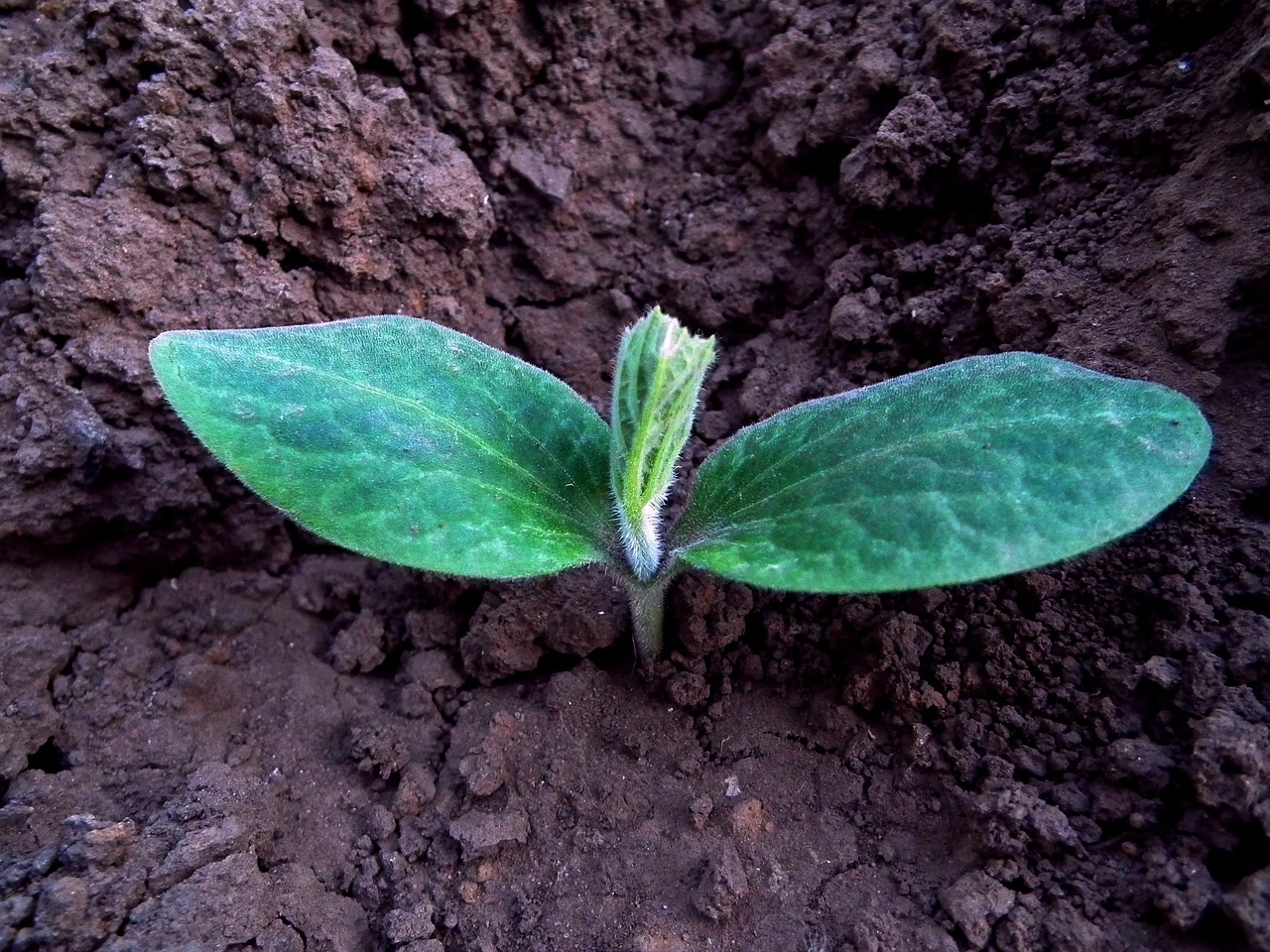
This post may have affiliate links. This means that sometimes when you click a link on our site and make a purchase on Amazon, we may earn a small commission at no additional cost to you. We only recommend products we truly believe in, and your support helps keep us running!
Planning a garden in Zone 8 can be a rewarding experience, but it’s essential to understand the unique planting schedule for this region. Avoiding common errors in your planting schedule can make a significant difference in the success of your garden. In this article, we will explore the potential pitfalls and how to steer clear of them, ensuring a thriving and beautiful garden in Zone 8.
Table of Contents
Common Planting Schedule Errors to Avoid
1. Ignoring Frost Dates
The urge to jumpstart the growing season is strong, but ignoring frost dates can turn your gardening dreams into frosty nightmares. Here’s why understanding these dates is crucial for a thriving garden:
What are Frost Dates and Why Do They Matter?
- Frost dates: These mark the average dates of the last spring frost and the first fall frost in your area.
- Tender seedlings: Young plants lack the defenses to withstand freezing temperatures.
- Frost damage: When temperatures dip below freezing, delicate tissues in plants get damaged, leading to stunting, wilting, or even death.
Ignoring Frost Dates: A Recipe for Disaster
Planting too early exposes tender seedlings to:
- Direct frost: Ice crystals form within plant tissues, rupturing them and causing visible damage like brown leaves and mushy stems.
- Indirect frost damage: Chilling winds and cold soil can stunt growth, weaken plants, and make them more susceptible to diseases.
Consequences:
- Wasted efforts: Time and resources invested in nurturing seedlings go down the drain.
- Discouragement: Witnessing frost damage can be disheartening for new gardeners.
- Delayed harvest: Re-planting sets your harvest timeline back, potentially shortening your growing season.
Frost Dates as Your Gardening Guide:
- Respect the dates: Use them as a general guideline, adjusting slightly based on microclimates and individual weather patterns.
- Start seeds indoors: Begin indoors based on frost dates and recommended transplanting times for each variety.
- Harden off seedlings: Gradually expose them to outdoor conditions before transplanting to minimize transplant shock.
- Utilize frost protection: Use row covers, cold frames, or greenhouses to extend the growing season and protect vulnerable plants.
2. Overlooking Temperature Guidelines
Each plant has specific temperature requirements for optimal growth. Neglecting to account for these guidelines can lead to poor germination, stunted growth, or even the death of the plants. Be sure to research the temperature preferences of the crops and flowers you plan to grow in Zone 8.
3. Planting Too Close to Summer
In Zone 8, planting certain crops too close to the peak of summer can expose them to excessive heat, which may cause bolting or poor fruit development. It’s important to time your plantings to avoid the harshest summer conditions.
4. Failing to Adjust for Rainfall Patterns
Disregarding the typical rainfall patterns in Zone 8 can result in planting during excessively wet or dry periods, impacting the establishment and growth of your plants. Adapting your schedule to coincide with favorable moisture conditions is essential.
5. Not Considering Microclimates
Zone 8 can encompass various microclimates, and overlooking these localized climate variations can lead to inappropriate planting times. Take into account the specific conditions of your garden site to fine-tune your planting schedule for optimal results.
Best Practices for Zone 8 Planting Success
1. Research Plant-Specific Requirements
Before creating your planting schedule, thoroughly research the specific requirements of the plants you intend to grow. This includes ideal temperature ranges, water needs, and any unique considerations for Zone 8.
2. Consult Local Gardening Resources
Seeking advice from local gardening experts, nurseries, or cooperative extension services can provide valuable insights into the best planting practices for Zone 8. Local knowledge can be instrumental in avoiding common pitfalls.
3. Use Protective Coverings
For early plantings that may be at risk of late frosts, consider using protective coverings such as row covers or cloches to shield vulnerable plants. These measures can help mitigate the impact of unexpected cold snaps.
4. Implement Mulching Techniques
Mulching around plants can help regulate soil temperature and moisture, providing a more stable growing environment. This is particularly beneficial in Zone 8, where temperature fluctuations and varying rainfall patterns are common.
5. Monitor Weather Forecasts
Stay vigilant about upcoming weather patterns and forecasts, especially during critical planting periods. Being aware of potential temperature extremes or unseasonable frosts allows you to adjust your schedule and protect your plants proactively.
